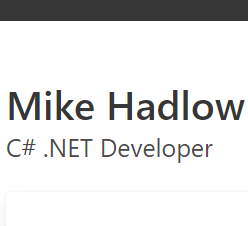
notes from /dev/null
Emacs boosters often extol its virtues in editing text. But what does that really mean? In this post I’ll scrutinize that assertion. Hopefully by the end of this post, you’ll understand why long-time Emacs users so celebrate editing in it.
Any text editor worth its salt will let you type text into a file, save it, and subsequently edit it. The table stakes are to reliably transcribe thought into characters, typically one at a time. If that is all one wants, there really is no distinction in using Emacs over another editor.
Thoughts however do have organization and context. Editors like Emacs take advantage of this by providing features that exploit structure. The benefit for doing this is letting users work less in transcribing their thoughts to digital form.
For example, in prose, characters are grouped as words, words grouped as sentences, sentences as paragraphs. Emacs offers dedicated commands to manipulate such text structures. Implicit is the notion that Emacs is able to identify different structures in text. As text structure becomes more elaborate, richer commands can be made to edit them.
















